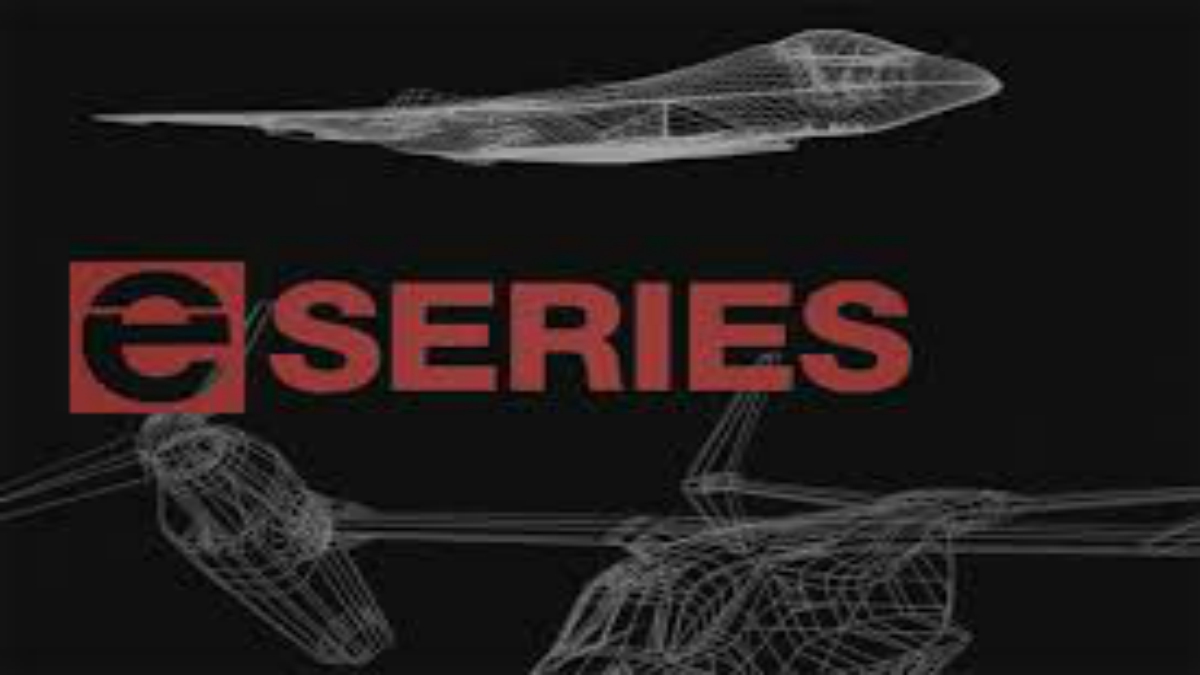


Secretary of the US Air Force Barbara Barrett told Air Force Association attendees that the future of Air and Space technology, from aircraft to satellites, will be digitally engineered and virtually tested before ever taking physical form.
A true paradigm shift, programmes being considered for acquisition will be designed, developed and manufactured on a digital foundation, just like the Boeing T-7A Red Hawk advanced trainer. The new process is part of the U.S. Air Force digital eSeries initiative. The secretary made her remarks during the keynote speech at this year’s Air Force Association, Air, Space & Cyber Conference, which was held virtually due to the global pandemic.
“By lowering development costs, barriers to entry are reduced by establishing digital prototyping — problems are identified and solved quickly and timetables are collapsed,” Secretary Barrett said. “The first eSeries designator is awarded to an aircraft that was designed, built and tested using digital engineering: the T-7A, the Red Hawk.”
The T-7A Red Hawk trainer was conceived and designed using advanced manufacturing and 3-D design techniques and is in the first phase of engineering and manufacturing development flight testing. The aircraft moved from computer screen design to first flight in just 36 months.“The U.S. Air Force is setting the tone for how the future of air and space dominance is designed, coded, and built,” said Leanne Caret, president and chief executive officer of Boeing Defense, Space & Security. “I’m proud that Boeing’s eT-7A is helping our customers pioneer the digital engineering revolution. Global security threats aren’t slowing down, so we’ve adapted, and we’ve eenabled how we design, test, build and support products for our customers’ needs — moving quickly, taking smart risks, and partnering in new ways to get the job done.”
The T-7A Red Hawk was designed using advanced manufacturing techniques and 3-D design elements that improve quality and allow for continuous evolution. The new trainer is the first of the U.S. Air Force’s new ‘eSeries’ initiative that leverages these advanced design and production methods.
Designed by this digital approach that embraced modelbased engineering and 3-D design tools, the T-7A Red Hawk accounted for an aircraft with a 75 percent increase in first-time quality, an 80 percent reduction in assembly hours and a process that cut software development time in half.
In September 2018, the US Air Force awarded Boeing a $9.2 billion contract to supply T-7A Red Hawk aircraft and trainers to replace the Air Education and Training Command’s T-38 training fleet. The first T-7A aircraft are scheduled to be delivered to the Air Force in 2023, with initial operating capability the following year.